(CLO) Tet Nao Pe Chau has existed for a long time, associated with the worship of ancestors and animism of the Mong ethnic group.
At the Vietnam National Village for Ethnic Culture and Tourism (Dong Mo, Son Tay, Hanoi), Mong ethnic people in Dien Bien province have just organized activities to recreate the Nao Pe Chau festival.
The Mong people live in almost all localities of Dien Bien province, but are most concentrated in Tua Chua, Dien Bien Dong, Muong Cha, Muong Nhe, Tuan Giao, Muong Ang, and Nam Po. Regardless of their location, they always pay attention to organizing the Nao Pe Chau festival - a beautiful traditional feature.
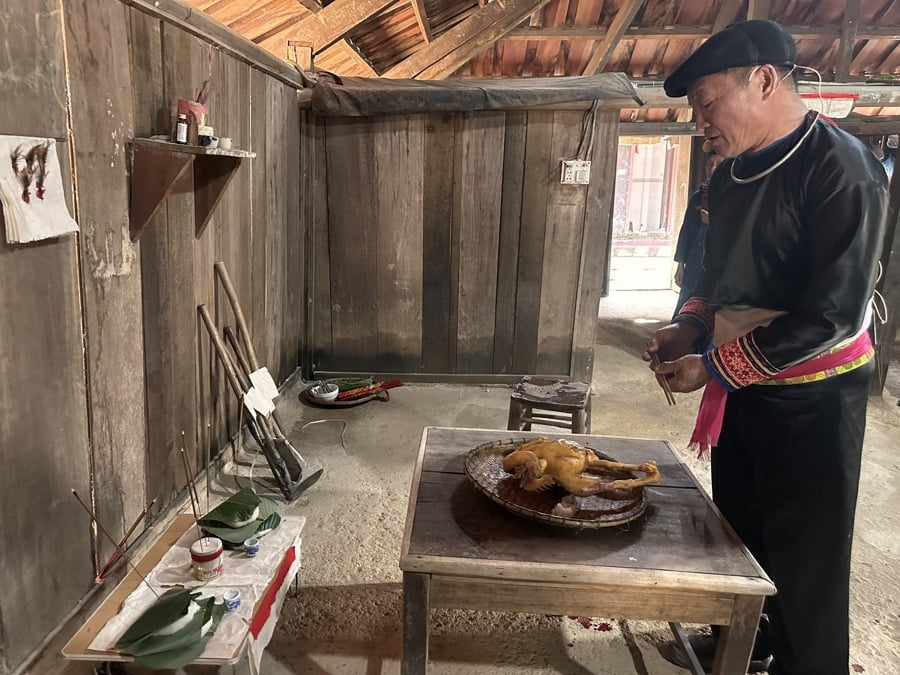
A shaman performs ancestor worship rituals during Nao Pe Chau festival. Photo: LVH
Nao Pe Chau Tet has existed for a long time, associated with the worship of ancestors and animism of the Mong people. During the year, the Mong people have many ceremonies, corresponding to different weather and seasons, but the most important is still the traditional Nao Pe Chau Tet. Tet begins the new year, with the hope of luck, goodness and a better future.
For the Mong people, every year after harvesting the crops, at the end of the 11th lunar month, when everything is basically done, peach blossoms begin to bloom, apricot blossoms bloom white in the forest, and at the end of December (according to the Mong people's own lunar calendar, usually one month earlier than Tet), the Mong people celebrate the traditional Nao Pe Chau New Year.
The rituals of this festival usually last from 10 to 15 days with the ceremony and festival. The ceremony takes place from the afternoon of the 30th to the afternoon of the 3rd day of the New Year. These rituals mainly take place at the homes of families and clan leaders. The festival takes place in the village yard until the end of the New Year.
To prepare the offerings for the Nao Pe Chau festival, families must have enough offerings such as pigs, chickens, cakes, incense, flowers, etc.
Pigs are raised by families from the beginning of the year until Tet to be slaughtered, a portion of the meat is used for offerings and to have meat for Tet. Mong people often prepare dried meat and fatty meat soaked in salt and hung over the kitchen to be used as long-term food. Chicken is the main offering in worship rituals; in addition, sticky rice cakes are made from fragrant sticky rice grown in good land. To pound delicious sticky rice cakes, the sticky rice chosen must be from the highlands without any adulteration.
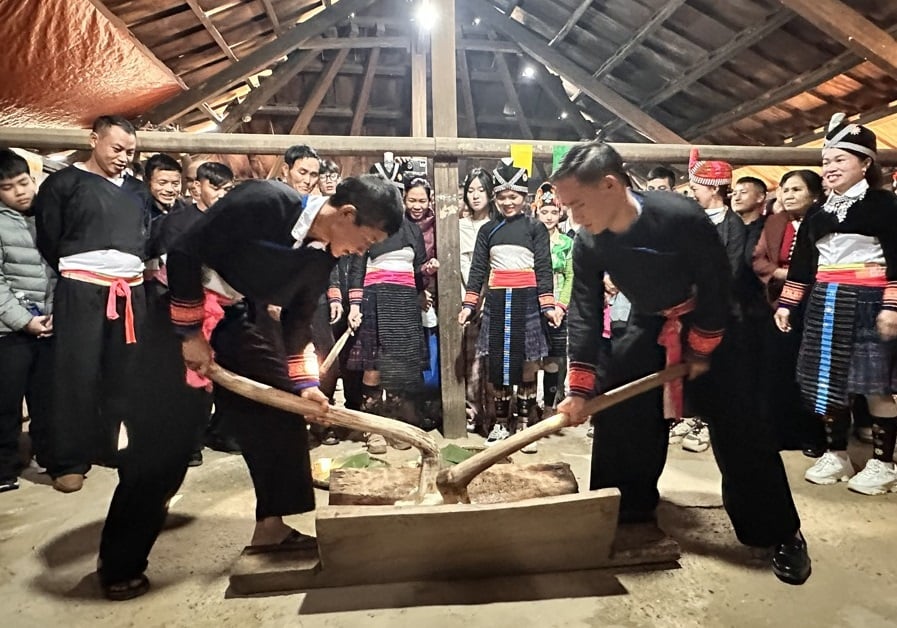
Mong ethnic people pound sticky rice cakes to prepare for the Nao Pe Chau festival. Photo: LVH
The Mong people's Tet offerings cannot lack chicken eggs. According to the Mong people's concept, chicken eggs symbolize life and fertility. During Tet, Mong people use eggs as offerings to call the souls of their descendants, along with the souls of agricultural products and livestock, to return to the owner and family to celebrate Tet together.
Also indispensable is the incense used to light up during worship ceremonies. The incense is made by the locals from a type of forest tree called long xeng. After being taken from the forest, the long xeng tree is dried, pounded into a fine powder and mixed with kitchen ash in a ratio of one pot of long xeng powder mixed with one bowl of kitchen ash. The powder mixture will be rolled into incense sticks.
In addition, in worship rituals, Mong people often cut Do paper into pieces the size of a hand, so that they are even, to make money for the underworld, and then burn it when the worship rituals end.
As Tet approaches, the joyful and bustling atmosphere of Tet has filled the entire village. Families begin to slaughter pigs, some of the meat is hung in the kitchen, some is invited to relatives to celebrate and congratulate with the family.
By the evening of the 29th, families begin to soak sticky rice so that in the early morning of the 30th, they can steam it and pound it into rice cakes. The pounding of rice cakes is usually done by strong young men.
When the sticky rice cake is pounded, people make the biggest one that can fill the tray and put it away to offer to their ancestors on the third day of Tet in the tray-lowering ceremony. The rest is wrapped in banana leaves or dong leaves into round cakes the size of two hands to eat during Tet.
The Mong people celebrate Tet Nao Pe Chau with the sacred belief of the moment when heaven and earth transition to a new year. Tet is not only an occasion for family reunions, but also a day for descendants to invite their ancestors and deceased grandparents to celebrate Tet with their families. At the same time, families and clans pray to their ancestors, gods, and local deities to bless their descendants with good health, wealth, luck, and happiness in the new year.
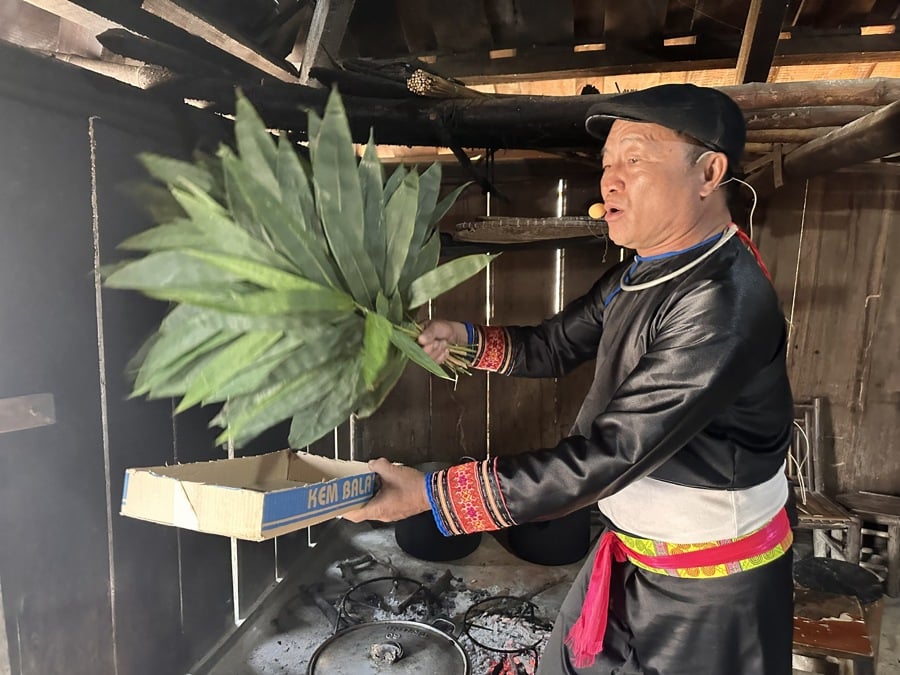
Ritual of sweeping away soot and cleaning the house. Photo: LVH
On the afternoon of the 30th of Tet, the homeowner begins to perform the important rituals of the year. First is the ritual of cleaning the house (sweeping away soot) with the concept of sweeping away bad things, risks, and illnesses that followed the old year, while praying for a new year with lots of luck, money, wealth, and a healthy and happy family.
During the soot sweeping ceremony, the homeowner holds a hoe and rakes the two sides of the house, praying as he does so. Then the homeowner sweeps the soot inside the house, holding a dustpan in one hand and a broom made from three small bamboo sticks in the other. He sweeps and prays around the inside of the house and then takes it outside and dumps it at the bottom door.
The ritual then continues with the offering at the “Xu Ca” altar. The Mong people believe that this is the most important god that any family must worship, no matter where they live or what Mong branch they belong to. If they do not worship “Xu Ca”, they are not Mong.
Therefore, every Tet holiday, families often re-stick the paper on the “Xu Ca” altar to make it newer and neater, and pray that the family will be protected and blessed by the gods in the new year. When the re-sticking of the altar is finished, the homeowner will light incense and hold a live rooster in his hand, then pray… After praying, the rooster is slaughtered, boiled and placed on a tray with a bowl of rice, a bowl of soup, and two cups of wine.
On the evening of the 30th of the Lunar New Year, Nao Pe Chau, the Mong people perform many rituals to offer offerings to invite the house ghosts and gods. Among them, the offering tray to invite ancestors is the most meaningful ritual for the Mong people. This is the time to remember their roots and the deceased.
The ritual invites the village's governing gods. After that, the homeowner takes some meat and rice in a spoon and brings it outside to pray to the land gods, mountain gods, river gods... to thank the gods for blessing the family and villagers with good health and bountiful crops.
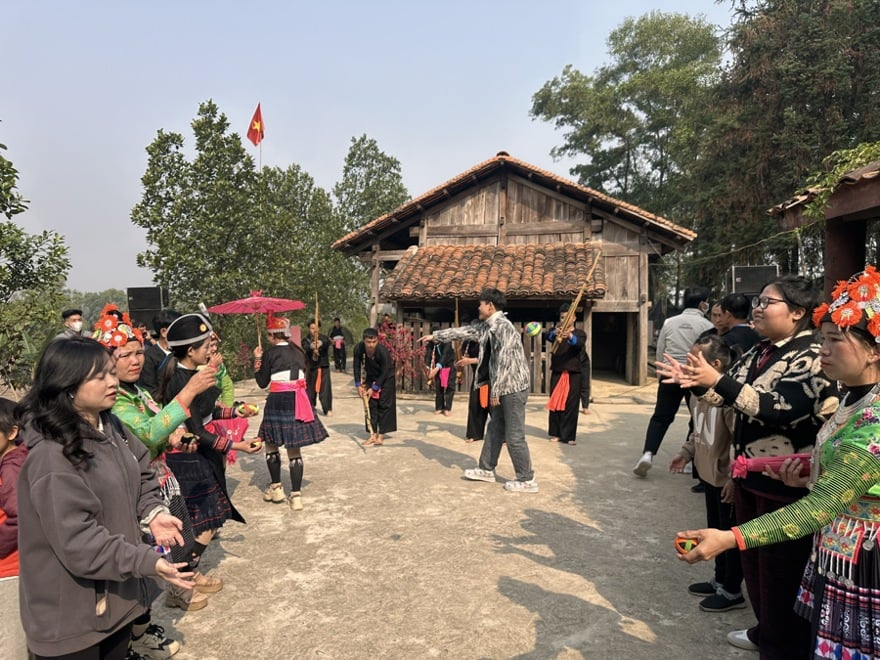
After the ceremony is the festival with folk songs, dances and folk games. Photo: LVH
After the ceremony, there is a festival with folk songs, dances and folk games of the Mong ethnic people celebrating Tet. Visitors, whether from far away or from the neighboring ethnic groups, are invited by the host to raise a cup of strong wine and drink it together with best wishes for the new year. When the guests leave, they show their affection and friendliness by giving them delicious rice cakes to share the taste of Tet with the people.
It can be seen that Tet Nao Pe Chau is a community cultural activity, preserving traditional cultural values, reflecting national solidarity, and demonstrating the hospitality of the Mong people.
The Vu
Source: https://www.congluan.vn/dong-bao-mong-tai-hien-tet-nao-pe-chau-tai-lang-van-hoa-post328355.html



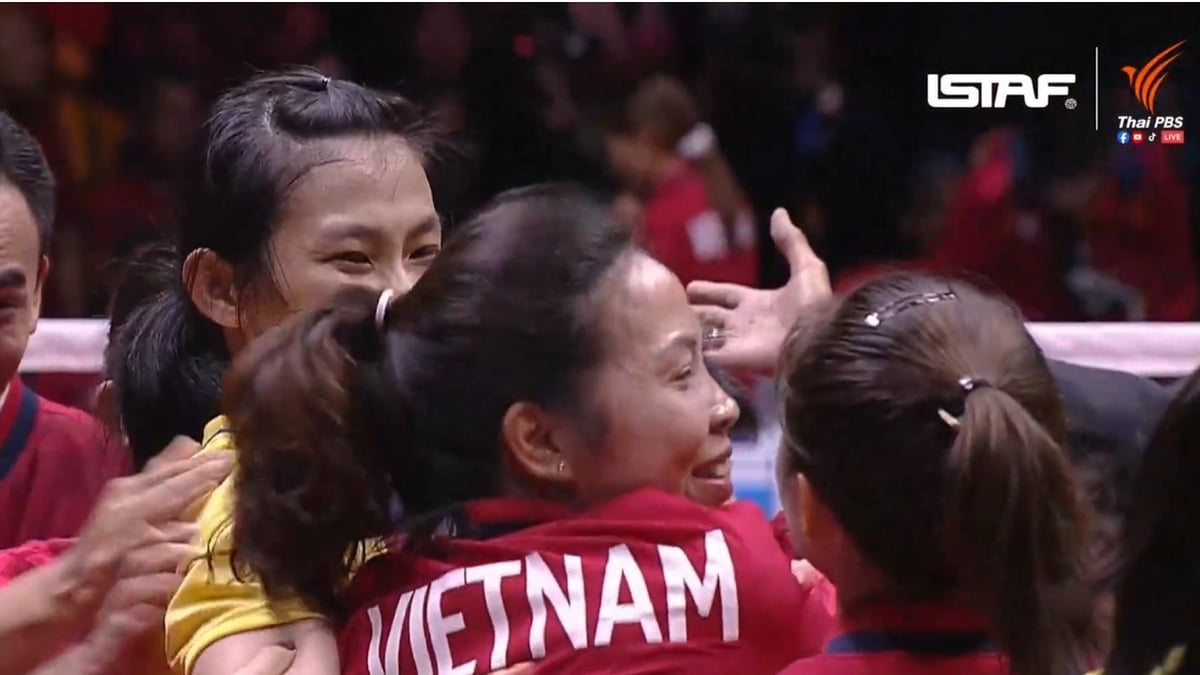
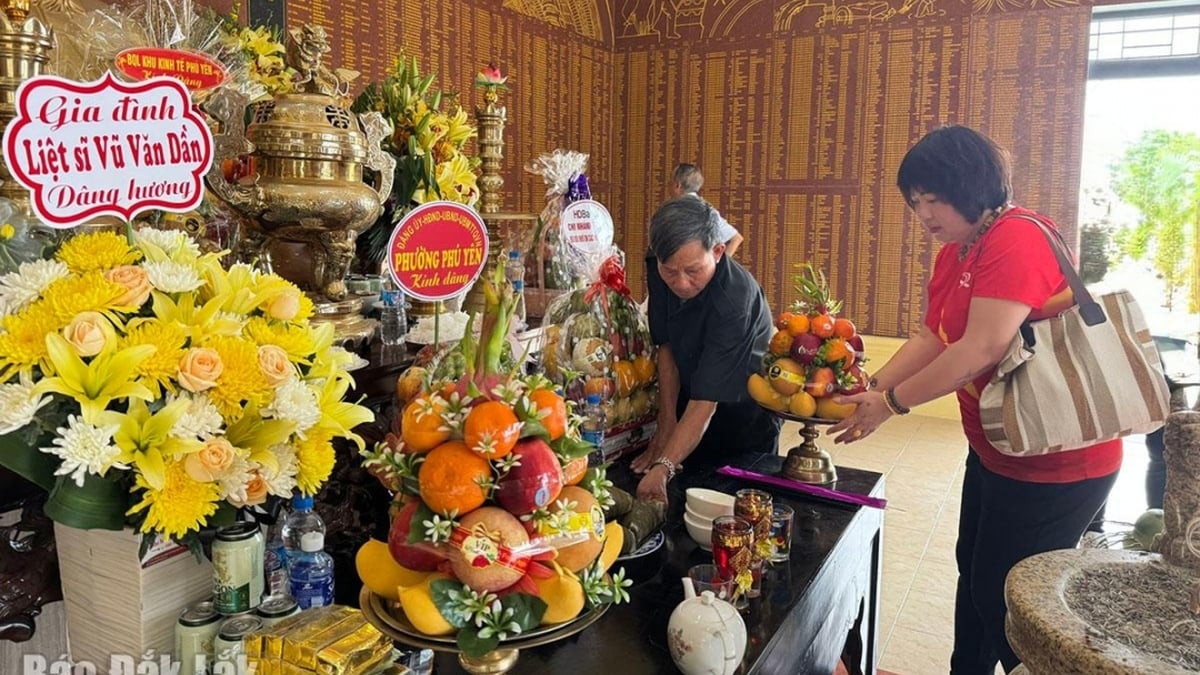
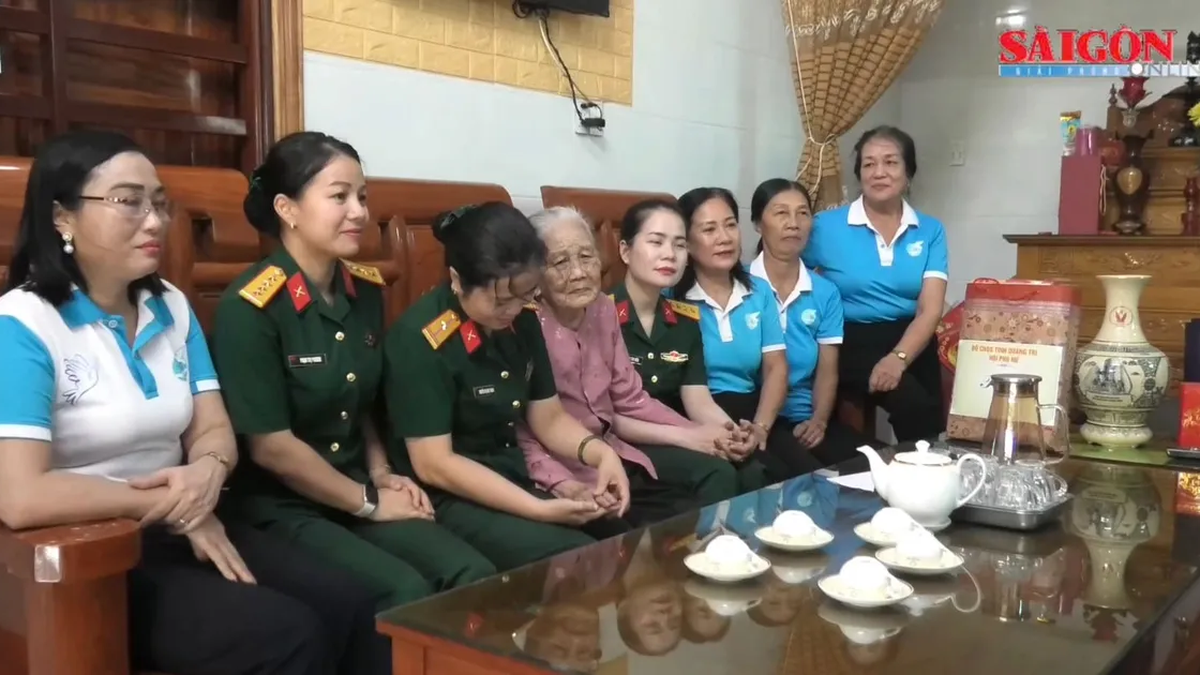
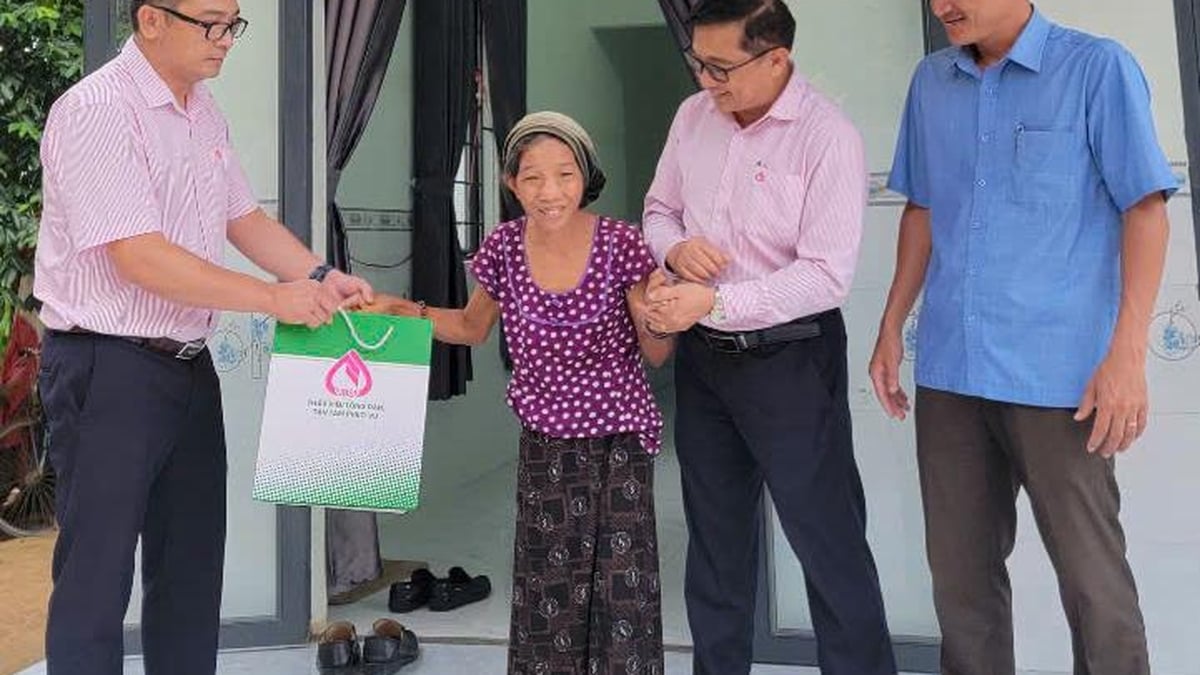

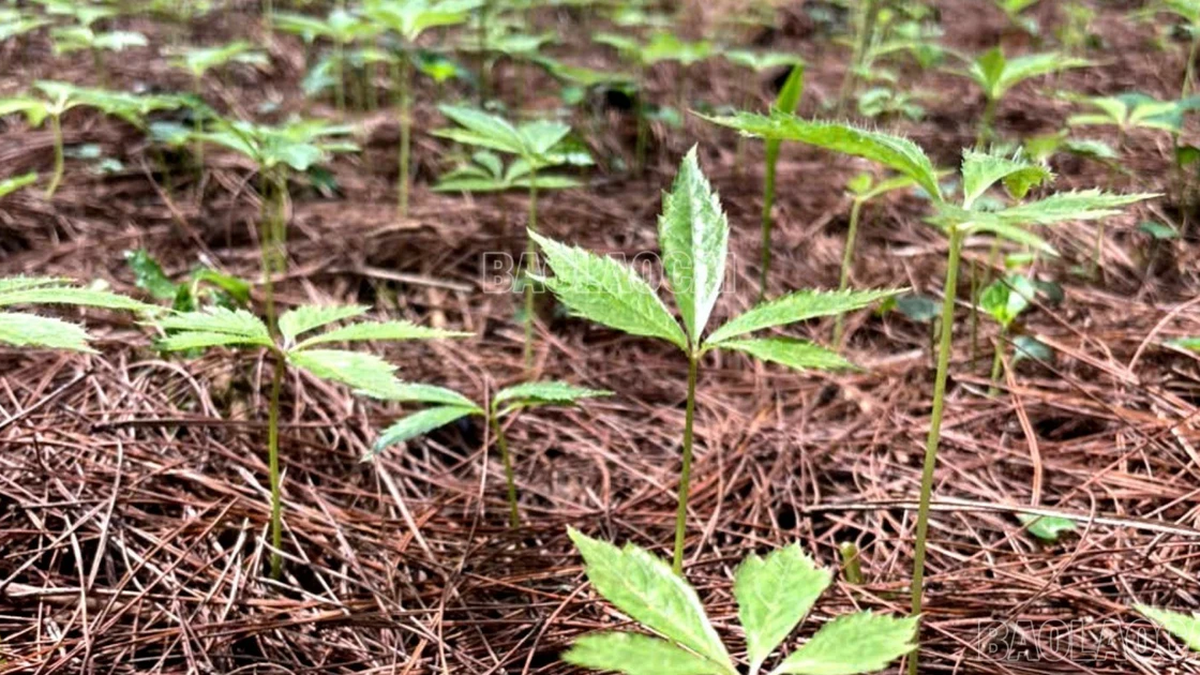

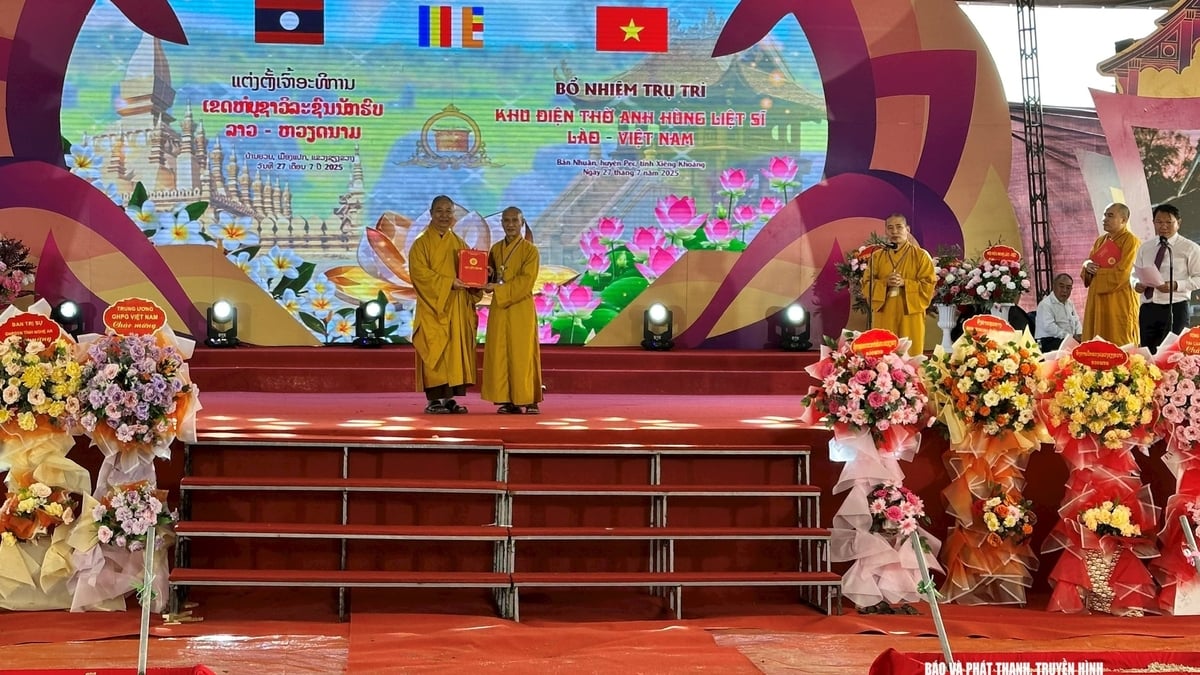





























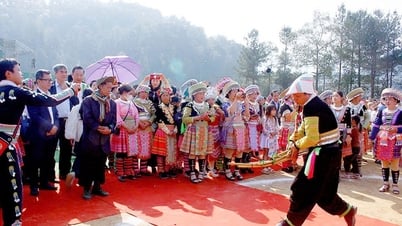






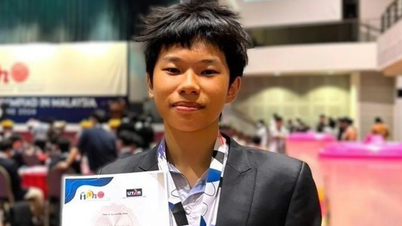


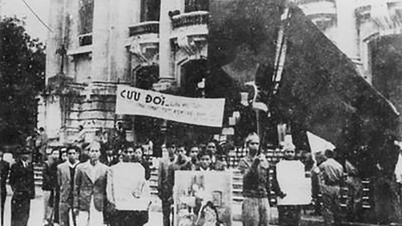
















































Comment (0)